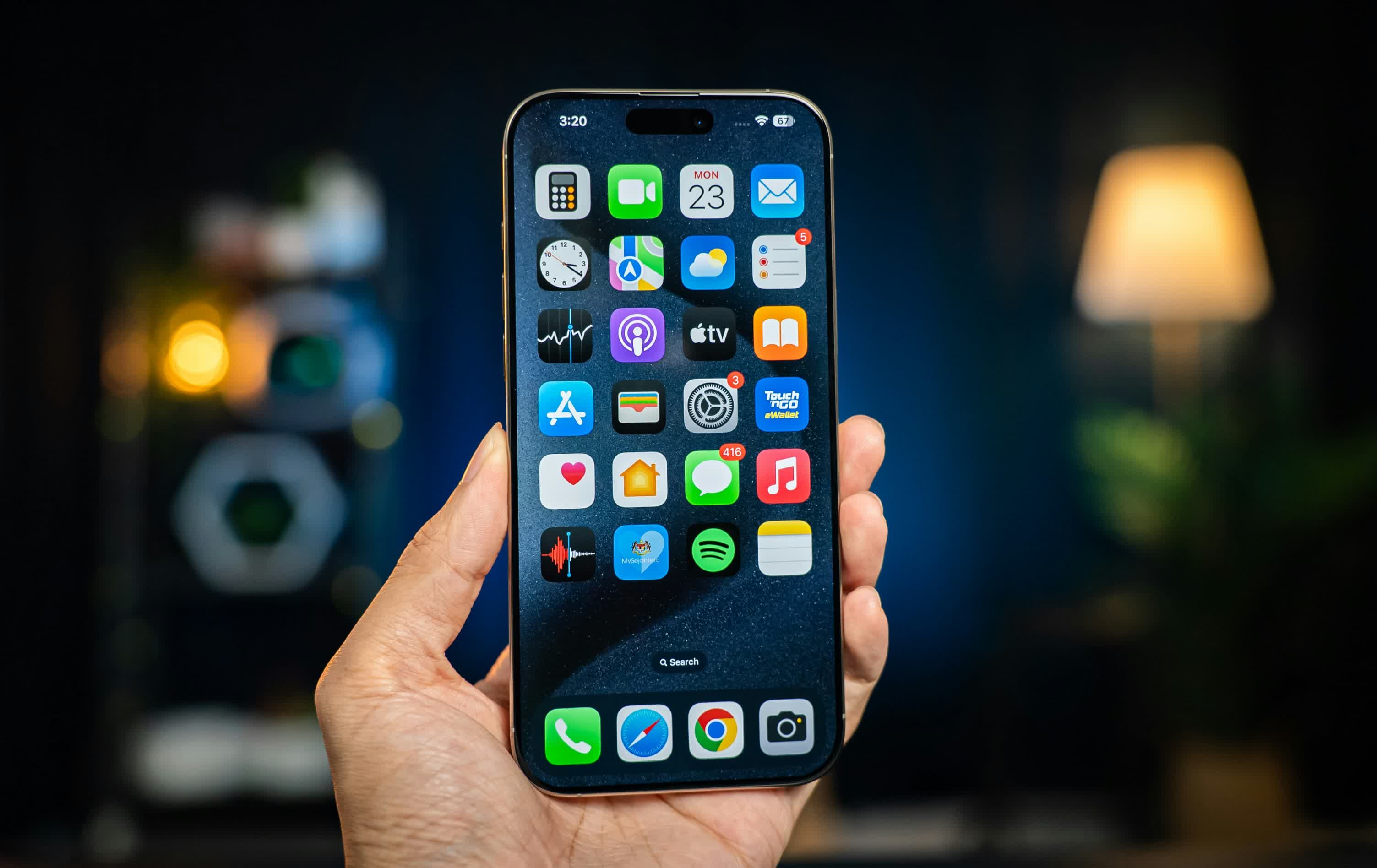Smartphone and Mobile Phone Overview
A smartphone is a powerful mobile device that combines communication features with advanced computing capabilities. It allows users to make calls, send messages, browse the internet, run apps, play media, and perform complex tasks. A mobile phone (basic phone), on the other hand, focuses mainly on calling and texting, with simple functions and long battery life.
1. What Is a Smartphone?
A smartphone is a modern handheld device that uses operating systems like Android or iOS, supports touchscreens, and runs a wide range of applications. It has features like high-quality cameras, fast internet, powerful processors, and advanced connectivity.
- Touchscreen interface
- High-speed internet (4G/5G/WiFi)
- High-quality cameras
- Supports apps (Play Store / App Store)
- GPS navigation
- Banking, shopping, and entertainment
2. What Is a Mobile Phone?
A mobile phone is used mainly for voice calls and SMS texting. It usually has a physical keypad and a simple, long-lasting battery.
- Basic calling & messaging
- Physical keypad
- Simple menu interface
- Durable and inexpensive
- Long battery life
3. Difference Between Smartphone & Mobile Phone
| Smartphone | Mobile Phone |
|---|---|
| Runs Android / iOS | Basic OS |
| Supports apps | No app installation |
| Touchscreen | Physical keypad |
| High-quality camera | Basic camera (or none) |
| Internet browsing | Limited or no internet |
4. Main Components of a Smartphone
1. Processor (CPU/GPU)
Determines speed and performance (Snapdragon, Apple A-Series, MediaTek).
2. RAM
Helps with smooth multitasking and running apps.
3. Storage
Stores apps, photos, videos, and files.
4. Battery
Usually 3000–6000 mAh, supports fast charging.
5. Display
- LCD
- OLED
- AMOLED
6. Camera System
- Wide lens
- Ultra-wide lens
- Telephoto lens
- Macro lens
7. Operating System
- Android
- iOS
8. Connectivity
- WiFi
- Bluetooth
- 4G/5G
- NFC
- GPS
5. What Smartphones Can Do
- Calling & messaging
- Video calls (Zoom, WhatsApp, Telegram)
- Social media (Facebook, TikTok, Instagram)
- Photography and video recording
- Online banking & payments
- Gaming
- GPS navigation
- Work tools (Email, Office, PDF)
- AI tools (ChatGPT, Google Assistant)
6. Mobile Network Generations (2G to 5G)
- 2G – Calls & SMS
- 3G – Faster data & video calls
- 4G – High-speed internet
- 5G – Ultra-fast speed, low latency
7. Smartphone Security Tips
- Use PIN, fingerprint, or Face ID
- Enable two-factor authentication
- Install apps only from trusted stores
- Keep your OS updated
- Avoid unknown WiFi networks
- Backup your data
8. The Future of Smartphones
- Foldable & rollable screens
- More powerful processors
- AI-powered cameras
- Satellite communication
- Better battery technology
- AR/VR integration









0 Comments